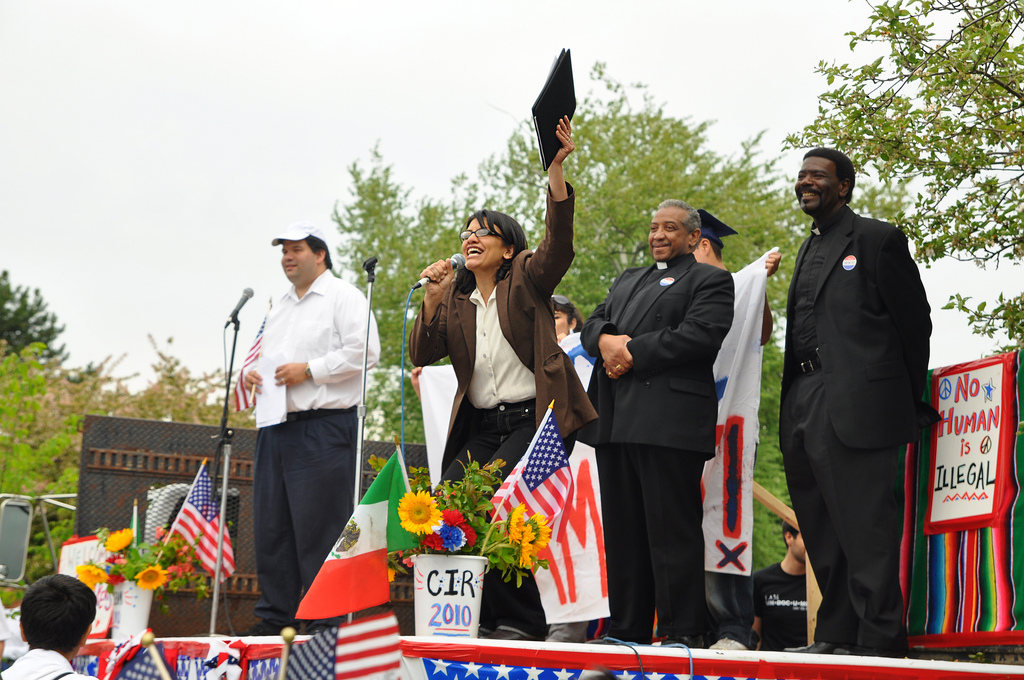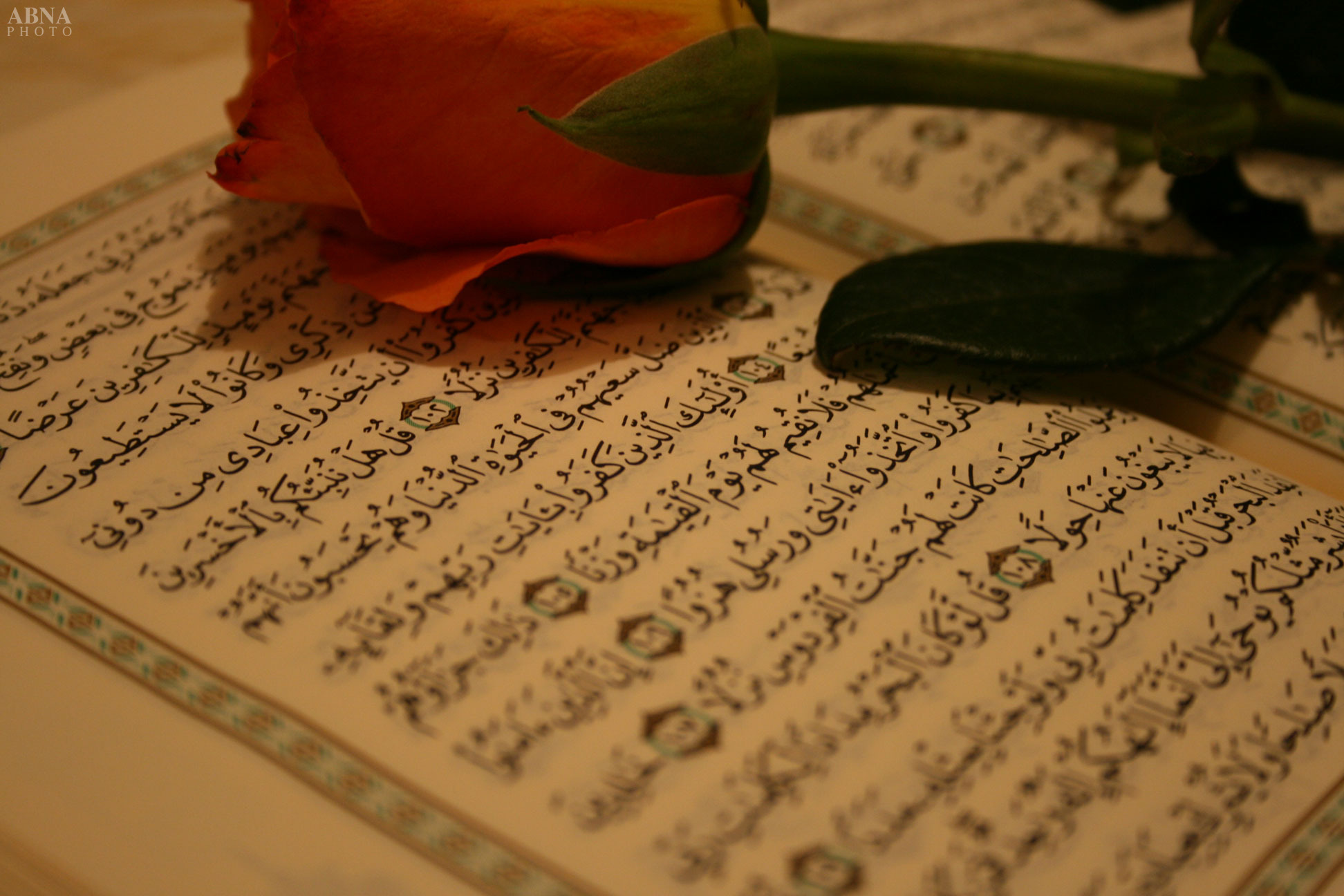Understanding the purpose and reasoning behind abaya is not something a Muslim girl learns the day she is born. For many, like myself, it was a slow and steady journey; one that required much research and reflection.
According to Phyllis Chesler, author of “Death of Feminism,” women dressed in a burqa “cease to exist. They are literally ghosts,” she writes on her blog. But as a 27-year old Muslimah living in America, wearing the abaya for eight years has never made me feel invisible. In the debate over muslim womens dress and status in the world, stereotypes and rhetoric are once again overshadowing the realities. My abaya has never been the cause for random searches at the airport, nor set off any security alarms at the nearby Wal-Mart.
The decision to wear an abaya has, however, set off different alarms. It has actually been somewhat of a wake-up call. It’s the realization that a woman can look simple yet elegant at the same time, discreet yet beautiful. Most importantly though, it’s knowing that the choice to wear an abaya is solely to gain the pleasure of Allah, and that is what makes wearing it an act of worship. Hence, the abaya is a form of submission, not to our husbands nor to our parents, but to Allah alone.
“Choice is everything. But Westerners should recognise that when a woman in France or Britain chooses a veil, it is not necessarily a sign of her repression,” says Naomi Wolf, author of the “The Beauty Myth,” and the feminist on the other side of the veil debate.
“I put on a shalwar kameez and a headscarf in Morocco for a trip to the bazaar. Yes, some of the warmth I encountered was probably from the novelty of seeing a Westerner so clothed; but, as I moved about the market – the shape of my legs obscured, my long hair not flying about me – I felt a novel sense of calm and serenity. I felt, yes, in certain ways, free,” says Wolf.
After researching the issue and reflecting upon the evidences behind it, I learned the abaya is a source of freedom, rather than oppression. Freedom from having to keep up with annual trends and fashions. Freedom from the “shop-aholic” syndrome many women claim to suffer from. Freedom from standing in front of a closet filled with clothes, yet clueless as to what to wear. On the contrary, I experienced freedom of movement with the abaya. The freedom to walk about freely without attracting negative attention from men. The freedom of being a mere object of man’s desires.
The abaya, which covers a woman’s entire body, also acts as an extra layer in the winter, as well as a layer of protection from summers scorching sun. The question that usually follows is, “Don’t you feel hot while garbed from head to toe in 100 degree weather?” The answer can only be, “Yes, of course!” But then again who doesn’t experience heat stroke at that temperature?
Understanding the purpose and reasoning behind abaya is not something a Muslim girl learns the day she is born. For many, like myself, it was a slow and steady journey; one that required much research and reflection. The first step, however, was to wear a hijab, or head scarf, a step which ultimately drew me much closer to Allah. I continued to wear jeans and pants in an attempt to make hijab look “normal” to both the Muslim girls on campus and the non-Muslims I was giving da’wah to.
With each step that I took towards Allah, I realized that He was coming towards me too; guiding me to what I truly wanted. I learned of the hadith narrated in both Sahih Bukhari and Sahih Muslim: “Allah curses those men who imitate women and those women who imitate men.” (1) This hadith raised questions of whether or not pants were permissible for a Muslim woman. When I found no evidence of the earlier Muslimahs walking the streets of Madinah or Makkah in a pair of Levi’s, I decided to continue my journey onwards. I opted to wear skirts instead, but they too became a source of frustration for me. It was very difficult to find long, loose skirts without a slit running up the side, and finding a matching shirt and hijab wasn’t always such an easy task.
Finally I came across a verse from the Qu’ran:
Surah al-Ahzab ayah 59 says:
Ya ayyuha an-Nabiyy qul li azwajika wa banatika wa nisa al-mu’minin yudnina alayhinna min jalabib hinna; dhalika adna an yu’rafna fa laa yu’dhayn. Wa kana Allahu Ghafur Rahim
O Prophet! Say to your wives and your daughters and the women of the faithful to draw their outergarments (jilbabs) close around themselves; that is better that they will be recognized and not annoyed. And God is ever Forgiving, Gentle. (2)
It wasn’t until I attended an ISNA conference that I came across a rack of abayas. I studied them closely and concluded that this long piece of material fit all of the requirements of modesty. It was long enough, loose enough, and had just the right amount of embroidery to make it feminine. I immediately purchased it and decided never to leave home without it. For the first time, dressed in my abaya and hijab, I felt I was being recognized as a true Muslim; one who submits to the will of Allah. It felt wonderful to represent my deen in this way.
Wearing the abaya made me much more conscious of my actions and dealings with both Muslims and non-Muslims. I was reminded every time I looked in the mirror that Allah was watching my every move. If I looked like a Muslim, then I wanted to act like a righteous one. The decision to dress more modestly in the first place had been for the sake of Allah, and so it was for His sake that I wanted to continue striving to be a better Muslim. I no longer cared about the looks I received, or whether I looked socially acceptable. I only cared about my Creator and what He asked of me. The abaya helped to define me as a Muslim woman, a woman who was seeking only the approval of her Creator. Hence, the way I dress has never been a form of depression or oppression for me, but instead a form of surrender and submission to the Will of Allah.
Mariam Khan, a mother of three, graduated from Penn State in 2004 with her B.A. in elementary education.





Wonderful!! It’s great to finally hear about this from someone who has actually chosen to wear an abaya as an adult making an informed choice about her faith (and not some woman talking about the one time she had to wear one in Iran or Saudi)
So many of the statements hear rang true for me as a hijabi as well. This especially: “Most importantly though, it’s knowing that the choice to wear an abaya is solely to gain the pleasure of Allah, and that is what makes wearing it an act of worship. Hence, the abaya is a form of submission…”
I have definitely thought of wearing an abaya, mostly for comfort reasons (I could be wearing yoga pants and t-shirts all day every day under there if i wanted to!), but my observance of hijab has always been for Allah. All those other things about modesty or identity are pretty secondary for me, icing on the cake if you will. And maybe that’s why the issue of burkhas and burqinis has been so aggravating and frustrating for me.
I understand that everything and anything can have political and social ramifications, especially religion, but when people start pointing fingers and saying ‘Women just want to hypersexualize themselves by covering up’ or ‘Women are just trying to push their religious agenda on others by wearing politically-charged clothing’, I feel like throwing something. No actually, my covering up has nothing to do with you or this dunya at all. It has to do with my devotion to my Lord, my Rabb.
So, thank you so much for writing this. I was waiting for someone to tell the ‘real’ story; not the feminist one or the apologist one or the liberal one. The Muslim one.
liberal fundo:
I agree that it’s refreshing! It’s good to see the faith and spirituality among all of the dizzying social commentary that tends to distract us from our core.
I appreciate this article, it gives me a new perspective on the Abaya. I was raised Christian in America and refused to succumb to the stereotypes the media was selling me about Islam, and decided to find out more for myself. I understood the call to hijab implicitly and have patiently tried to explain it to others, from my open-minded (albeit limited) perspective.
All that being said, it has been very difficult for me to come to terms with Niqab, Abaya…I admit that throughout my travels it has always been unsettling to be unable to speak face to face with a fellow member of humanity. The discomfort is enough to make me avoid speaking with a woman in abaya unless introduced, I know this is an act of fear but it is a common truth. I also know the barrier of abaya is an act of faith and a spiritual cloak of sorts, I think the author has been very eloquent in describing what it means to her. But even knowing that, I cannot help but feel so distant from a sister who wears the abaya, and it makes me feel sad.
The way we dress affects our psychology in HUGE ways that many people in the Western world are not willing to acknowledge. The author is clearly someone who is well-educated and self-determined, and I wonder if this is in fact typical among average women who choose abaya. I do not condescendingly pity women who wear abaya or just assume they are victims. But the symbolism inherent in a woman hiding her entire being and face from the world still resonates too deeply with me to reconcile.
“But as a 27-year old Muslimah living in America, wearing the abaya for eight years has never made me feel invisible”
Of course not! You would be invisible in Muslim culture, but not so in the west because you stand out with it on.
“the choice to wear an abaya is solely to gain the pleasure of Allah”
References please. This is a big question and probably requries a separate article.
“Freedom from having to keep up with annual trends and fashions. Freedom from the “shop-aholic” syndrome many women claim to suffer from. Freedom from standing in front of a closet filled with clothes, yet clueless as to what to wear. “
Many women still have these problems while wearing the abaya.
“The abaya, which covers a woman’s entire body, also acts as an extra layer in the winter, as well as a layer of protection from summers scorching sun. The question that usually follows is, ???Don???t you feel hot while garbed from head to toe in 100 degree weather???? The answer can only be, ???Yes, of course!??? But then again who doesn???t experience heat stroke at that temperature?”
Seriously that’s your answer? It only works as an extra layer if it hugs your body not allow cold air underneath. The purpose of covering in the middle east (practically speaking) is to keep dust and sand off of you. If you are not near a desert it doesn’t make sense. Would you wear an abaya in a rainforest? I wouldn’t wear it if the environment doesn’t require it.
“O Prophet! Say to your wives and your daughters and the women of the faithful to draw their outergarments (jilbabs) close around themselves; that is better that they will be recognized and not annoyed. And God is ever Forgiving, Gentle. (2)”
Exactly! you cover up so you are not harrassed. Why would you be harrassed? Because the hypocrites would made lewd gestures and harassed muslim women..and when asked why, the response was “Oh we didn’t know they were free women, we thought they were slaves”. So the verse says cover yourself up so you are recognized as free and so the hypocrites would not harass you. It’s not a general edict.
“The abaya helped to define me as a Muslim woman, a woman who was seeking only the approval of her Creator. ”
This is lovely…if it helps your identity more power to you.